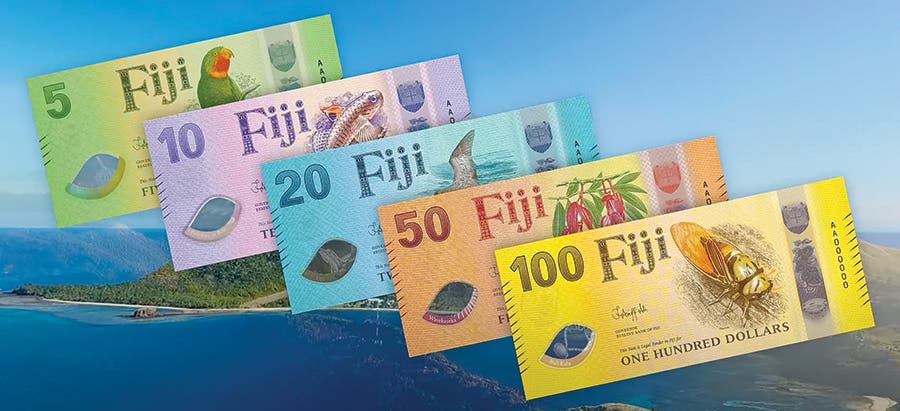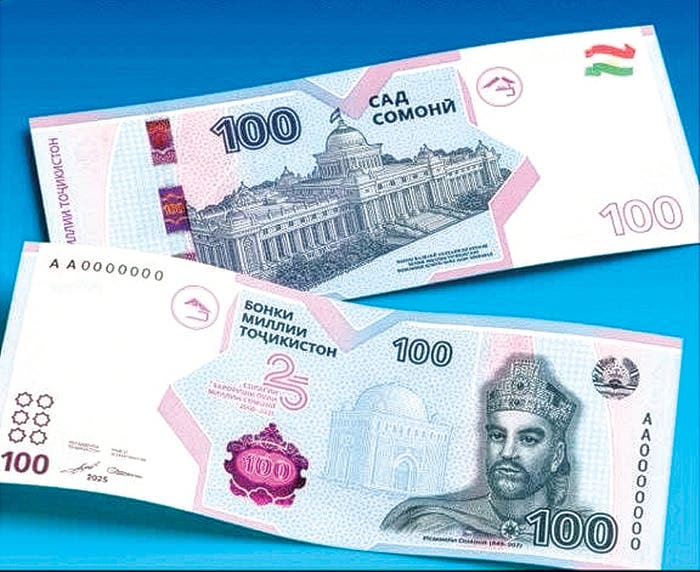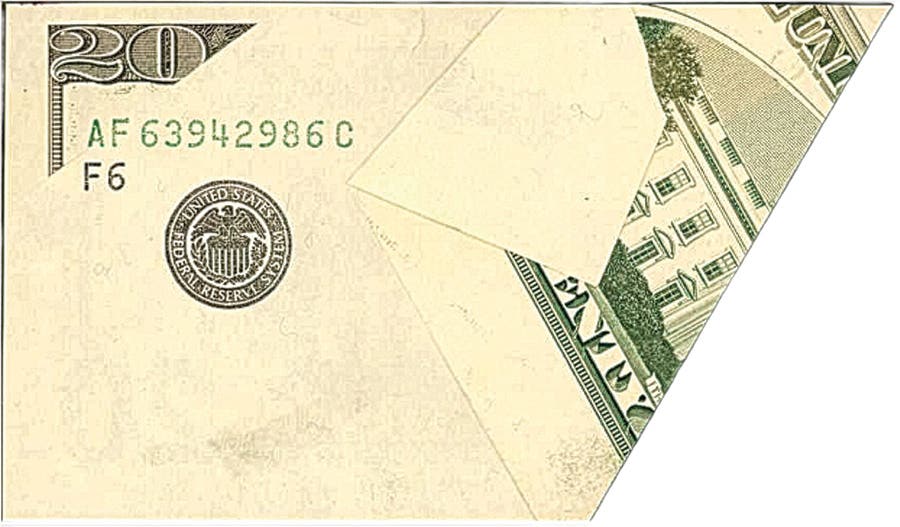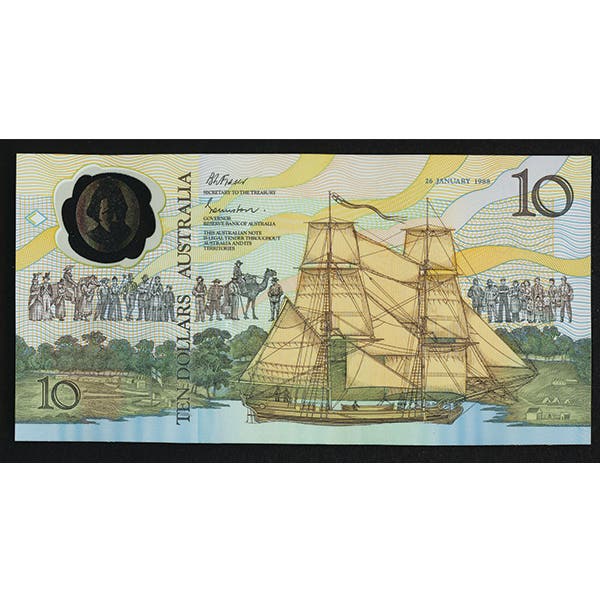Let’s Collect Exographica!
Some time ago, the Society of Paper Money Collectors (SPMC) asked me to prepare a book for their giveaway titles that they present as gifts to beginners in the currency…
Some time ago, the Society of Paper Money Collectors (SPMC) asked me to prepare a book for their giveaway titles that they present as gifts to beginners in the currency field. I accomplished this work and The Wonderful World of Paper Money was born; the year was 1992.
In that book, with permission from the SPMC officers, I introduced a new word to the numismatic lexicon – Exographica. If it sounds a bit familiar, it should, because it’s based on the word Russ Rulau made up long ago and which is widely used today- exonumia. Active numismatists know what is meant by Russ’ word: tokens, medals, scrip and basically any collectible metallic item that is not a regular coin. My definition of exographica starts out with a heading that calls this word “The Great Paper Periphery”. Such pieces are the ancillary items that help fill in the story presented through some sort of display or written story about a currency issue. Exographic issues include a very wide variety of all sorts of paper items that are not regular currency issues such as checks and other fiscal documents, tickets for lottery, train, bus and trolley, railroad passes, political convention tickets, exposition items, depression and panic scrip, food stamp change, advertising notes, coupons of all sorts, most engraved issues, receipts, military passes, political and propaganda pieces, bonds and stock certificates, souvenir cards, diplomas, autographs on notes, insurance forms, awards, and virtually any other kind of collectible paper piece you can think of. Giving such a wide area of collecting a single word to describe it ought to provide some cohesion and a better understanding for these many and varied subjects.
OK, now that you know the meaning of Exographica, you can learn to become an Exographist very easily as the field is so vast. Let’s look at some of the many collecting areas encompassed in this method of collecting. One of the first and most accessible of these has to do with checks old and new, U.S. or world. Checks go back to at least the 1600’s, and they come from everyplace. Moreover, because they are often held over a very long period of years mostly for record-keeping, pieces dating back hundreds of years are sometimes available quite often and at fairly low cost.
Another collecting field of exographica that has generally not created much in-depth interest has to do with fare tickets. At first, the mention of this area finds little collector excitement- it’s a so-what kind of thing…or is it? Like anything else, it all depends on how deeply you investigate its possibilities. After you examine the illustrated piece and realize what kind of historical value it represents, take a moment and think of the various numismatic possibilities that could be represented in these types of innocuous-looking pieces.
When Racine, WI went on the Food Stamp Program, I became very interested in finding out what grocers participating in this effort were using for change. At the time, the government regulation stipulated that no regular U.S. coins could be given to food stamp customers, so the question immediately came to mind- well, if they’re not using coins, then exactly what else are they doing? I’ve been working on the hydra-headed answer to that question ever since 1966 and have actually had great success in doing so. It’s opened a totally new exographic field- that of food stamp change. (It also includes many issues of metal and plastic tokens- and even some in wood.) The Program allowed any and all sorts of items to be used for change, whether it be a handwritten, printed or manufactured conveyance, so long as it was not a regular coin. It also had to be redeemed at the place where it was issued.
One area of exographic collecting that itself presents various branches of specialization has to do with advertising notes. Such issues can be found in a multitude of forms and issued for such varying reasons. One can even go so far as to say that if carried to a kind of extreme, you can include propaganda pieces as special kinds of advertising issues. After all, the idea behind such issues, advertising or propaganda, is to persuade the reader to recognize the point of view presented.
I made mention earlier that panic (1907) and depression (1930’s) scrip are on the extensive list of exographic topics. Both of these areas contain some extraordinary pieces that constitute exactly the kinds of items that appeal to collectors for various reasons. The general area of scrip is a good deal larger than just what this example represents, but it is one of the ones that I prepared catalogs to cover- depression, published in 1985 and panic, out in 2013. These references contain a great deal of information, but over time they have become obsolete as a fair number of pieces unknown at the time have since surfaced.
Some collectors become enamored with a particular aspect of exogaphica – for example, German local issues (notgeld) from various places and private businesses overprinted from lower to higher denominations during the severe hyperinflation of 1923. These are so very historical in nature, besides presenting a real collecting challenge. Like so much of numismatics, there’s just no easier way to learn first-hand the impact of such notes on their time of issuance.
As you have gathered by now, one of the many reasons for becoming interested in gathering pieces from the various exographic areas is because there are so many direct and indirect spinoffs that emanate from these items. For example, the overprinted German lottery piece from Husum can lead to a study of the hyperinflation to the events of World War I that caused such financial ruin to the rise of Hitler to World War II to all sorts of other areas of interest- that’s the beauty of such issues. It’s a never-ending look at life on earth and what can happen to the people on it.









